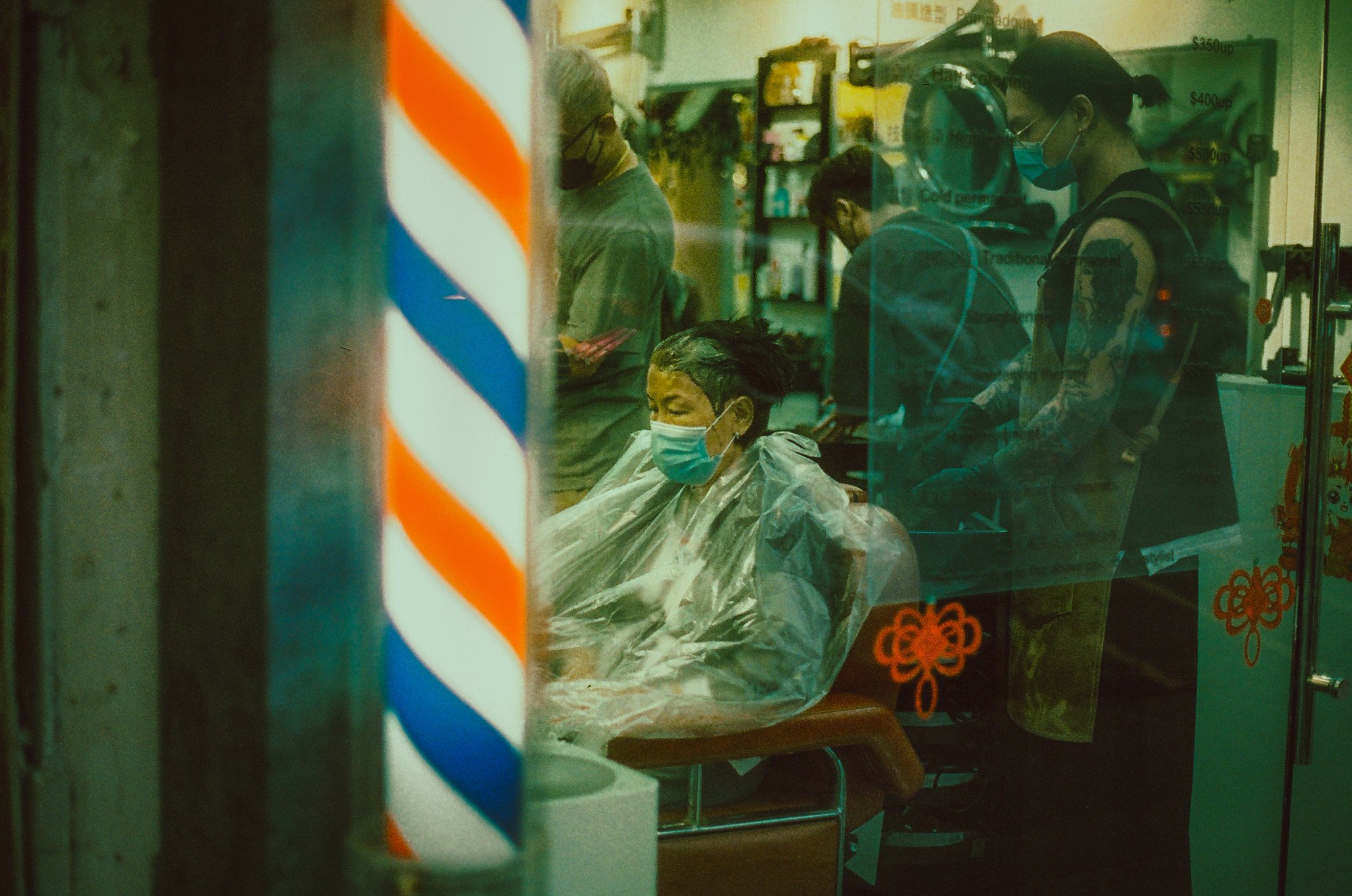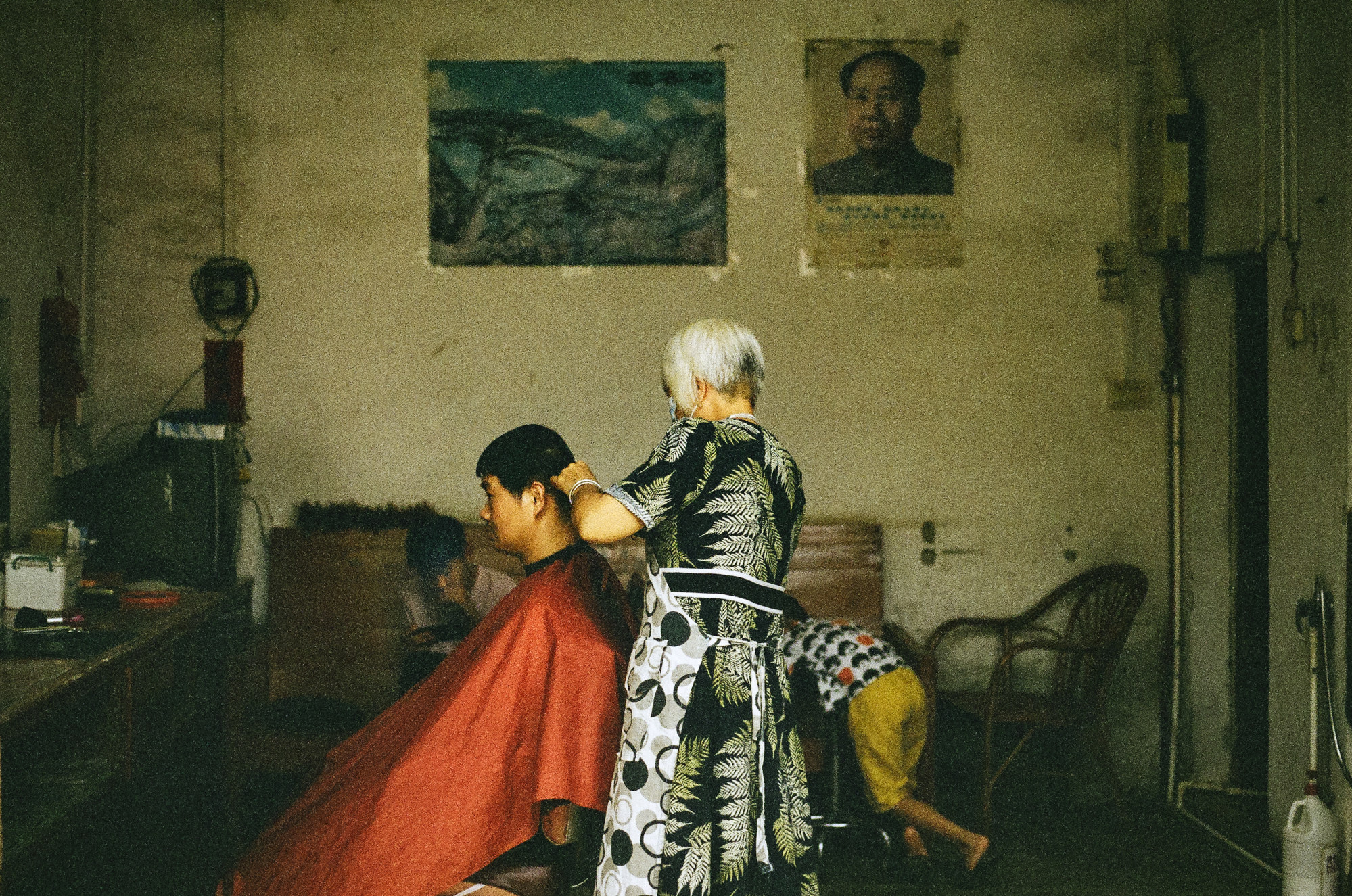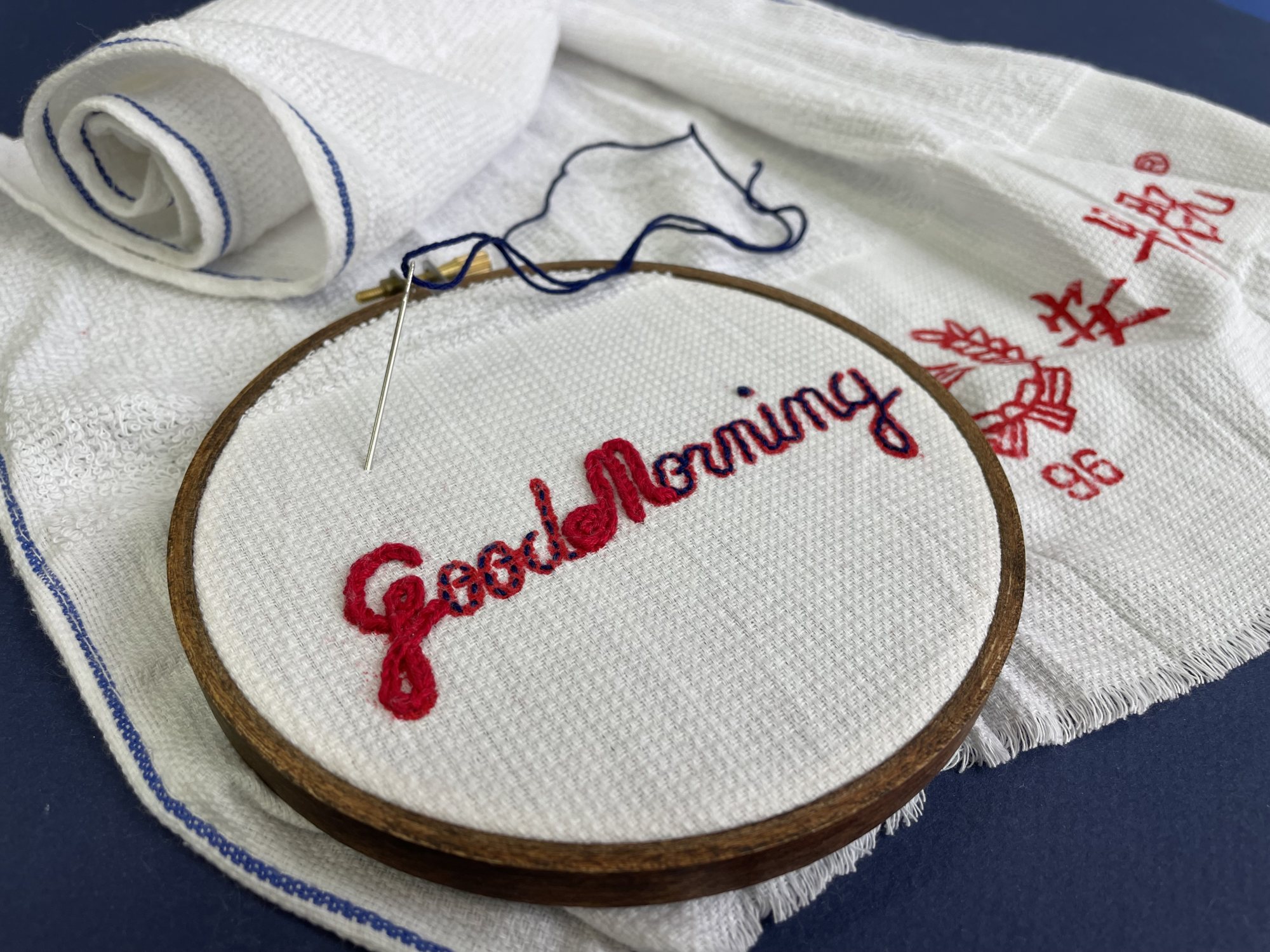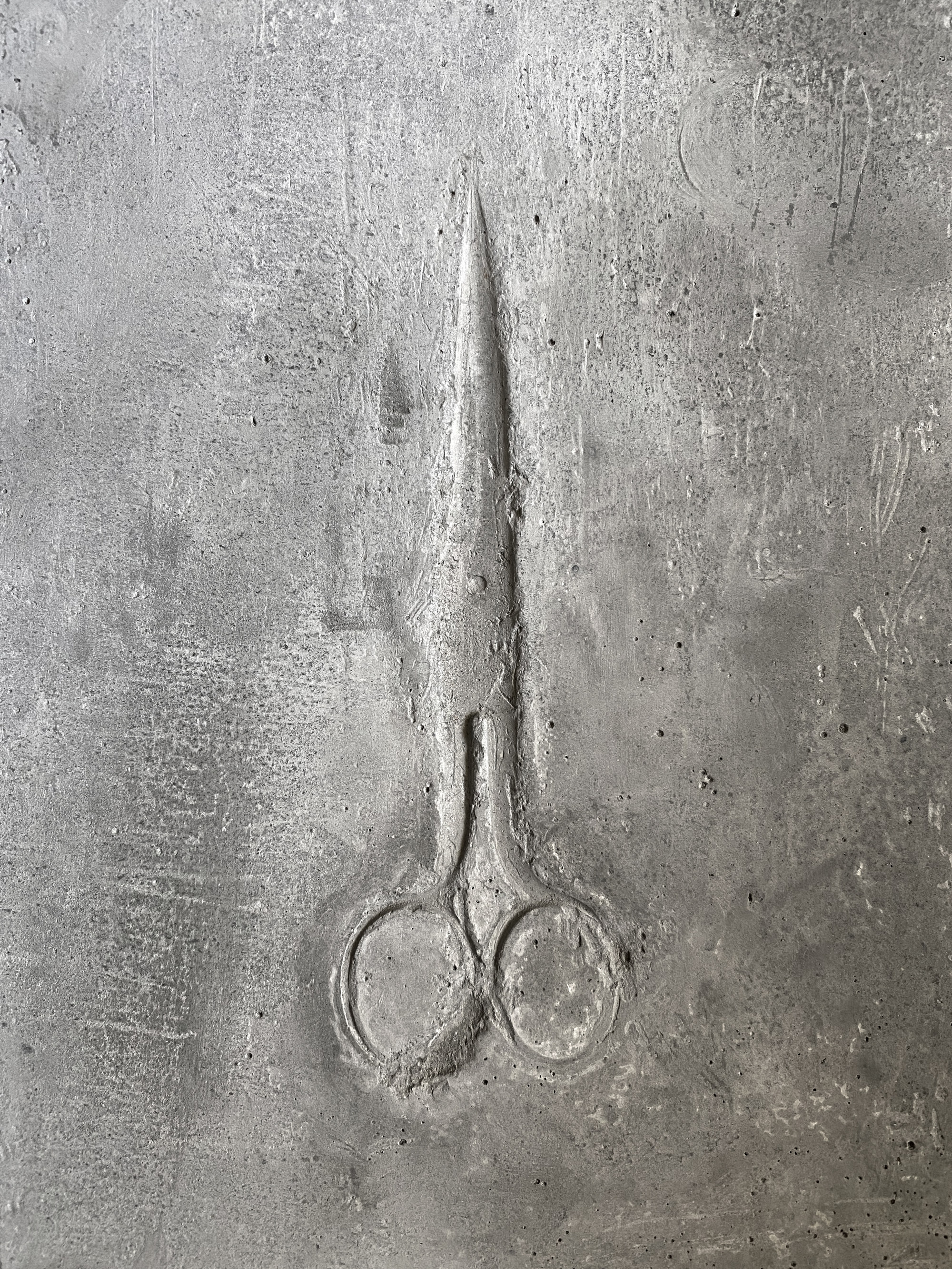
61-year-old traditional barber shop soon to close is the cornerstone of inaugural festival focusing on Hong Kong’s cultural heritage
- Earmarked for redevelopment, Oi Kwan Barbers in Wan Chai opened in 1962 and is one of the only traditional Canton-style barber shops still running in Hong Kong
- The shop is the cornerstone of the After Sunset Festival, which unites more than 50 artists, designers and performers with traditional craftspeople
Hong Kong’s Oi Kwan Barbers has been snipping and shaving clients from the same tiny space since it was founded in 1962.
One of only a handful of traditional Canton-style street barber shops still operating in the city, it occupies a slither of an alleyway in Wan Chai and still has its original chairs, mirrors and scissors.
But in a city where space is so limited, the barbershop, along with the building it squeezes into, has been earmarked for redevelopment.
It’s apt then that Oi Kwan Barbers – now run by the founder’s son, Mark Lau – is the cornerstone of the inaugural After Sunset Festival, which focuses on Hong Kong’s cultural heritage.

Taking place at Central’s Fringe Club from November 15-19, After Sunset unites more than 50 artists, designers and performers with traditional craftspeople.
Fostering community engagement is a key component of the festival, which also aims to dismiss notions that the sun is setting on the city’s cultural landscape, says festival co-organiser Christina Brandt Jensen.
“The festival connects artists and the public with historical spaces and intangible heritage,” she says.
These artists want you to know what it’s like to be an animal
For the past year, artists taking part in the festival have visited the two-metre by six-metre (130 square foot) barbershop to find inspiration.
“It’s so small that holes have been made in the structure so the fan can rotate,” Jensen says.
The results are impressive.
Issac Li pays homage to the barbershops and hair salons in southern China with a series of photos exploring the connections of families and communities tied to them, while Swedish artist Andreas von Buddenbrock uses pen and ink to sketch intimate moments between a barber and client.
The festival, co-organised by Cheung Chau Wave, Gallery In-between and the Fringe Club, with support from the Design Trust, also explores methods of preservation while stimulating discussions on urban development.
While Oi Kwan Barbers’ physical demise is imminent, Hong Kong artists Abby Au Yeung and Ellen Lam have ensured it lives on digitally by recreating the barbershop virtually.
Hong Kong artist June Mung takes viewers on a sensory journey with her funky ceramic sculptures that reflect objects found in the barbershop. There’s a price list, hair dryer, talcum powder – even a can of beer.
“The price-list sculpture is a reminder of a time when haircuts were significantly cheaper, while the talcum-powder sculpture evokes the scent of the powder that was once a staple in barber shops around the world,” Mung says.
“As you explore these sculptures, you’ll be transported to a different time and place.”
Even Oi Kwan’s Lau gets hands-on, showing festival guests how to do a traditional barber’s haircut, while Sonata, a film by Hong Kong filmmaker Benson Koo, will also be screened.

While the barbershop is the central focus, other workshops, talks and demonstrations will be held over the five days.
Cheung Chau-based artist Louis To Wun – Aka Sugarman – will demonstrate the 600-year-old fading art of candy sculpting, while local craft platform Make and Do HK will help guests embroider on a “Good Morning” tea towel, the ubiquitous cotton cloth found in many Hong Kong kitchens.

“We also have incredible talks, such as one by Billy Potts, who will educate us on Hong Kong’s ‘ghost signs’,” says Jensen, referring to faded, mostly defunct advertisements that can be seen around the city.
“He will talk about the history of their typography and how valuable they are to our collective history.”
Hong Kong-born Chinese-Canadian artist Coman Poon is returning home after 30 years to talk about his ancestry journey, while Vanessa Choi of perfume store Scentory will speak about how time, scent, memories and emotions are intertwined.

Wrapping up the festival are beats from Cantomania featuring Fabsabs, INK, Ballshing and SteffunnHK.
“The Hong Kong DJs fuse retro ’80s Cantopop with new beats – it’s a lot of fun!” Jensen says.
After Sunset Festival, Fringe Club, 2 Lower Albert Rd, Central. November 15-19. The exhibition and Josun Market are free while other events require tickets from Eventbrite or at the door at the Fringe Club.

